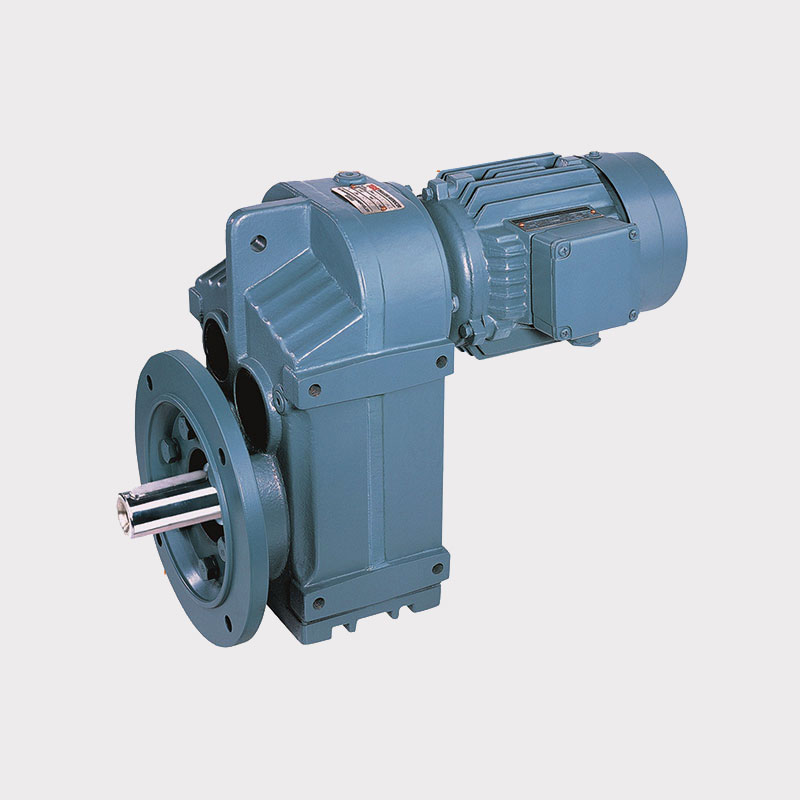What Is the Principle of a Gear Motor?
2025-05-08
In the world of mechanical engineering and automation, the gear motor plays a vital role in powering devices with both precision and strength. But what exactly is a gear motor, and how does it work?
Let’s break down the principle behind this powerful and efficient piece of machinery.
⚙️ What Is a Gear Motor?
A gear motor is a combination of two essential components:
1. An electric motor, which converts electrical energy into mechanical rotation.
2. A gear reducer (gearbox), which adjusts the motor’s speed and torque output.
Together, they create a compact system that delivers controlled motion with enhanced torque, making them ideal for applications like conveyor belts, lifts, robotics, and industrial machines.

🔍 The Working Principle of a Gear Motor
The principle of a gear motor lies in mechanical energy conversion and torque multiplication.
Here’s how it works step-by-step:
1. Electric Motor Generates Rotation
The motor is powered by either AC or DC electricity. It spins a shaft at high speed but with relatively low torque.
2. Gears Reduce Speed and Increase Torque
This high-speed rotation enters the gearbox, where a series of interlocking gears reduce the rotation speed. This reduction increases torque—essentially trading speed for strength.
The gear ratio determines the balance:
Higher gear ratio = slower speed, higher torque
Lower gear ratio = faster speed, lower torque
3. Controlled Output Rotation
The output shaft of the gear motor now rotates at a controlled, reduced speed with enhanced torque. This allows for precise movement in heavy-duty or sensitive machinery.
💡 Why Use a Gear Motor?
High Torque at Low Speeds: Perfect for moving heavy loads without needing a massive motor.
Compact Design: Saves space by integrating motor and gearbox.
Energy Efficiency: Reduces energy waste compared to oversized motors.
Durability: Gear motors are built for continuous operation in demanding environments.
🏭 Common Applications
Gear motors are everywhere in industrial and consumer applications, including:
Conveyor systems
Electric gates and doors
Automated machinery
Robotics and smart devices
Agricultural equipment
Types of Gear Motors
There are several types based on gear design:
Spur gear motors – simple and efficient for low-torque needs
Worm gear motors – provide high torque and compact size
Planetary gear motors – offer high precision and load distribution
Helical gear motors – smoother and quieter operation
Conclusion
The principle of a gear motor is all about balance—transforming high-speed, low-torque input into low-speed, high-torque output through mechanical gearing. This combination allows machines to perform tasks with greater control, strength, and efficiency.
Whether in factories, robotics, or home appliances, gear motors are the unsung heroes behind motion and automation.


